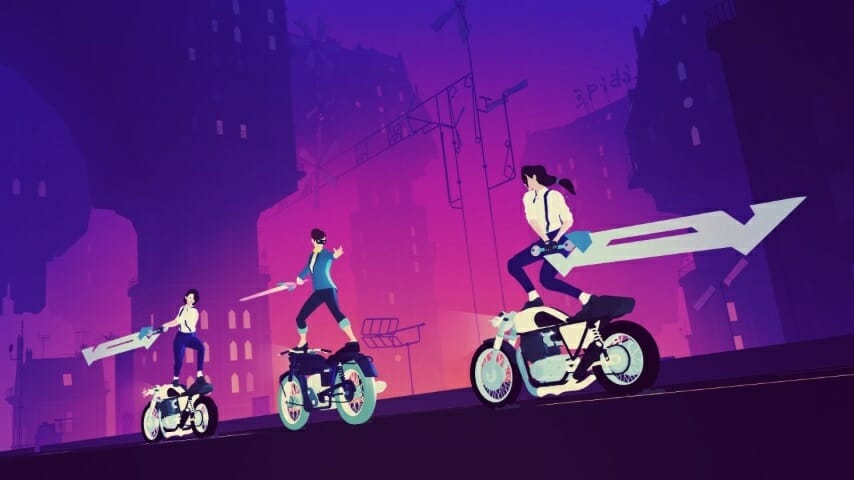
The excellence of “indie” games is no longer a well-kept secret. Over the course of the past decade or so, we’ve seen an increasingly bright spotlight shone on independently developed games, with defining hits like Undertale, Gone Home and Untitled Goose Game making a significant impact on the industry. While these games are still largely overshadowed by their big budget, corporate counterparts when it comes to media coverage and marketing campaigns, the love for these games is only growing and for good reason. Independent games serve to remind us that money does not equal quality. While they are generally lower-budget and smaller in scale, they consistently prove to us that they are smarter, more creative, and more emotionally powerful than many bigger games. And they’re way more stylish.
So, what makes a game “stylish?” First and foremost, style is born from the cultivation of, and commitment to, an aesthetic. The game’s audio, video, gameplay, and story should mesh together to create and reinforce that, with each element either complimenting or juxtaposing the others in meaningful ways. A stylish game should invoke a particular rush within us, a feeling and atmosphere that is inspired by other things, and shares some overlap, but is ultimately unique to that experience. Lastly, stylish games should feel good. There should be fluidity and cleverness, brilliance and restraint. A stylish game leaves you awed and inspired. And for this generation, at least, the best home for these kinds of games has been the Nintendo Switch. Here are the most stylish games you can find on Nintendo’s powerhouse.
Katana Zero
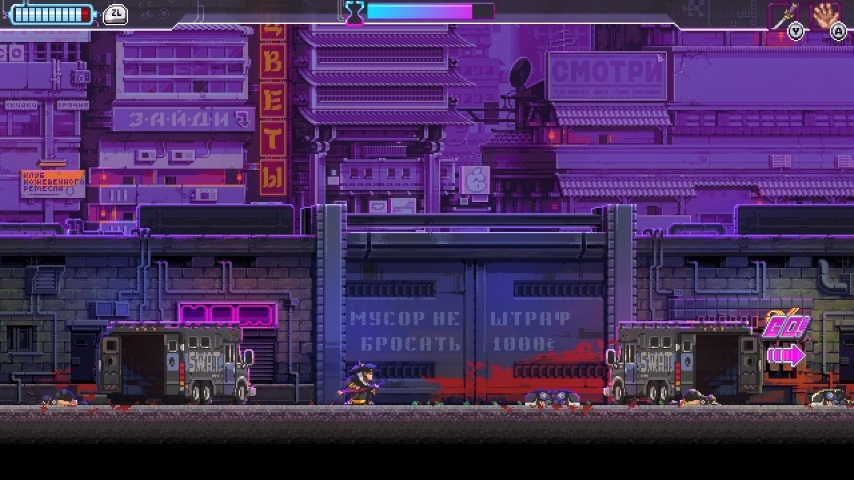
There are few things I love more in film than a well-executed fight scene. The rush I get from tight choreography coupled with interesting and deliberate camera angles? Unparalleled. The best of them stick with us. They’re the first things that pop into our minds and YouTube search bars. The Bride vs. The Crazy 88 in Kill Bill, the club shootout in John Wick, that hallway scene in Oldboy… I can’t get enough. But Katana Zero gets pretty damn close.
While I could talk about the game’s brilliant concepts, fluid mechanics, neo-noir stylings and synthwave soundtrack, the thing that’s most incredible (and stylish) about Katana Zero is its action sequences. Developer Askiisfot managed to capture the feeling of a highly choreographed film and maintain it throughout the entirety of the game. Each level demands planning and careful execution—if you mess up, you’re commanded to do it again until you clear the area in a concise and intentional manner.—Jessica Howard
Gris
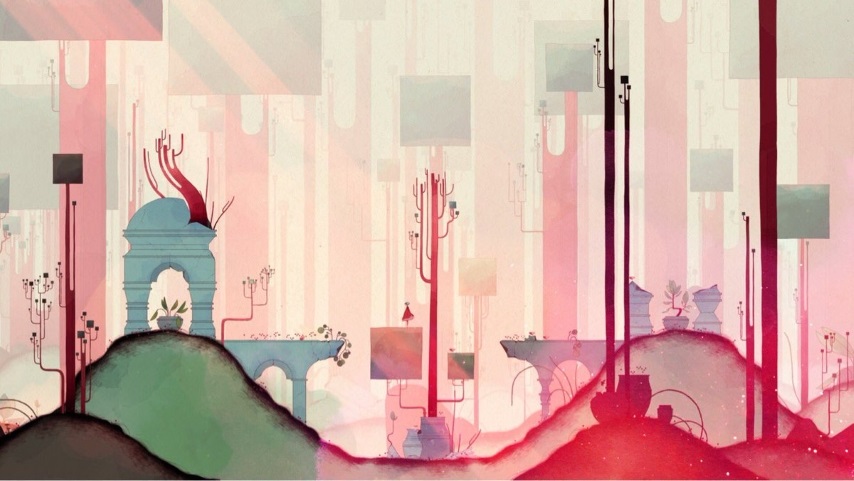
The first thing you notice about Gris is the art style. It looks like a moving painting, a watercolor come to life, with animation as seamless and supple as anything seen in a Disney movie. It looks amazing. Eventually you realize that attention to detail extends past the aesthetic and the animation. Gris’s visual confidence isn’t just confined to what it puts in front of the game’s camera, but in how it uses that camera altogether.
Gris’s camera doesn’t move for motion’s sake, but reinforces the game’s themes with its zooms, closeups and pans. It’s a simple thing… [but] it’s just another reason why it’s such a beautiful game.—Garrett Martin
Hyper Light Drifter

Loneliness isn’t a particularly great feeling, but it does make for great art. Hyper Light Drifter captures the spirit of isolation better than any game I’ve played. In Hyper Light Drifter, you play as a terminally ill character seeking a cure for a condition that simply doesn’t have one. For the most part, you are alone in this journey. And it’s harrowing.
Furthermore, its commitment to creating a desolate atmosphere—through its story, music, lack of text, abandoned environments, and cinematics—is what earns the game a spot on this list.—Jessica Howard
Sayonara Wild Hearts
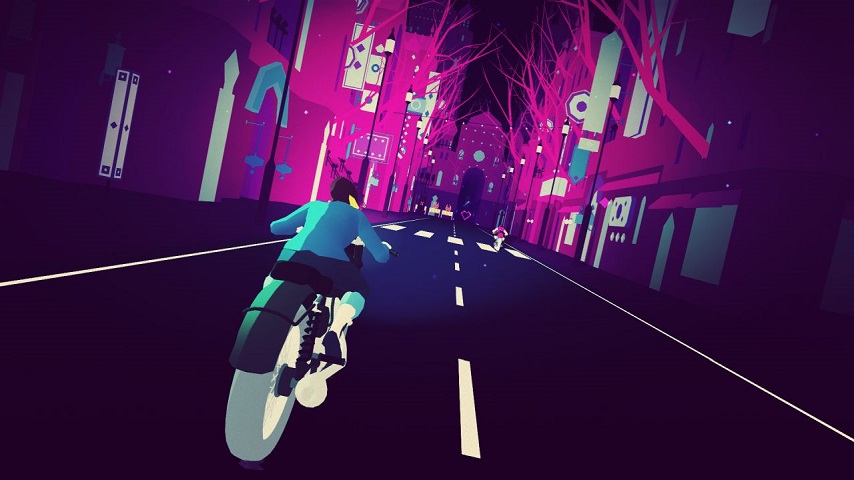
Sayonara Wild Hearts is a magical girl, electronic-pop album come to life—and the fact that I can describe a game that way is absolutely incredible. Up top I mentioned style being dependent on the game’s various elements meshing together, and this concept-album-turned-game does it with gusto and probably some glitter. The colors are bold and exciting, and fit perfectly with the soundtrack’s bass heavy beats layered beneath bubblegum vocals. One of the most cathartic experiences is truly listening to an album—shutting everything else out and dedicating yourself to that experience. Due to the interactive nature of games, we’re required to do so with Sayonara Wild Hearts—and it’s well worth it.—Jessica Howard
Inside
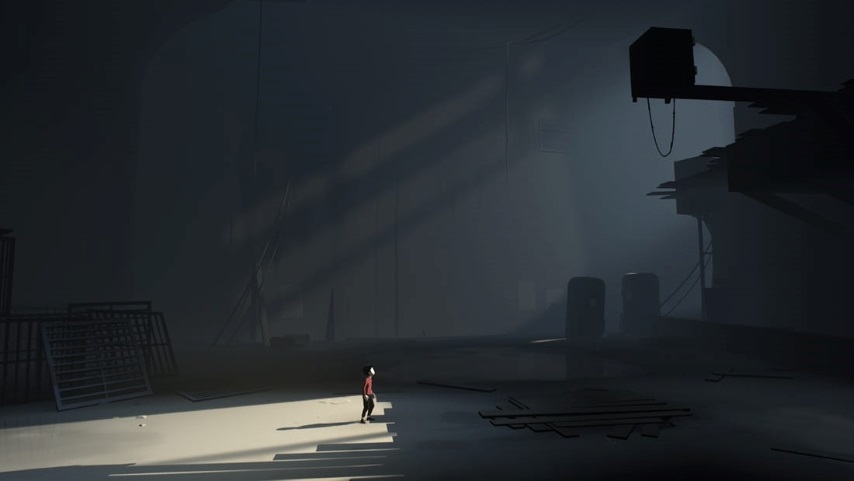
Playdead’s Inside is dark, quiet and dismal, which works well as means to deliver the game’s scathing critique on capitalism and class division. Everything about it is minimalistic—the controls, the colors, the sounds—and for good reason. These elements are used sparingly and intentionally, acting as visual and auditory cues that help guide the young boy we control as he navigates his way through monochromatic environments populated by the vacant and hopeless. Whereas the aforementioned Hyper Light Drifter inspires a somber, hopeful kind of loneliness, Inside delivers us cold isolation that instills fear.—Jessica Howard
Ape Out

Ape Out has the mechanical precision and deceptively deep game loop of a classic arcade game, but with a gorgeous aesthetic based on Saul Bass art and jazz percussion. Levels are packaged as if they’re tracks on old LPs, and the whole game looks like the cover to Miles Davis’s greatest hits come to life. It looks and sounds amazing, feels good to play, and has a just and socially relevant message, to boot.—Garrett Martin
Paradise Killer
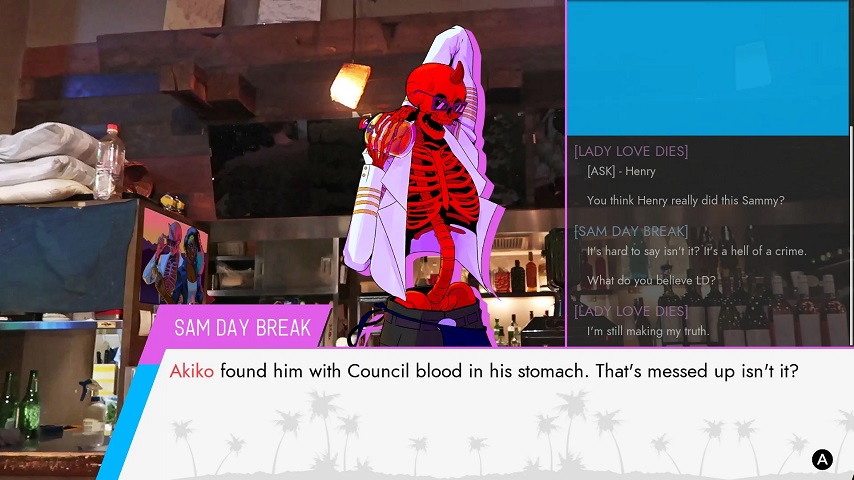
Paradise Killer is gaudy to the point of grotesque and positively surreal— which suits the game’s strange narrative extremely well. While the island you traverse is filled with lavish surroundings—marble floors, gold statues, fountains—it uses them in such excess you can’t help but feel a bit nauseated. Additionally, the environments are mostly desolate, creating the same sense of discomfort you might feel walking around a mall right before closing. While this might sound off-putting, this abundance creates a very intentional sense of unease, and captures the vaporwave aesthetic the game is going for perfectly. Pastel colors, electronic music (with the occasional sax solo), and flamboyant decor make this world feel like a Miami hotel in the late ‘80s—and make for a very memorable game.—Jessica Howard
Thumper
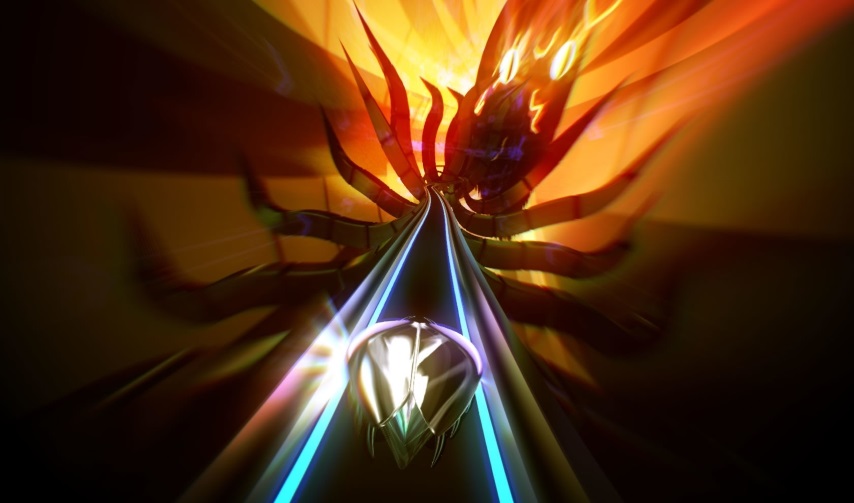
With its oppressive music and stark graphics, Thumper is a claustrophobic, stressful, frightening experience. It rattles around inside my brain when I’m not playing it, its velocity and brutality careening throughout as I try to unwind after playing. Thumper taps into art’s ability to alter our consciousness, introducing a new reality for us to get lost in, and it’s not afraid to let this dream world look and feel like a nightmare.—Garrett Martin
Jessica Howard is an editorial intern at Paste and the managing editor at gaming site Uppercut. She enjoys loud music, hot coffee, and games with romanceable NPCs.